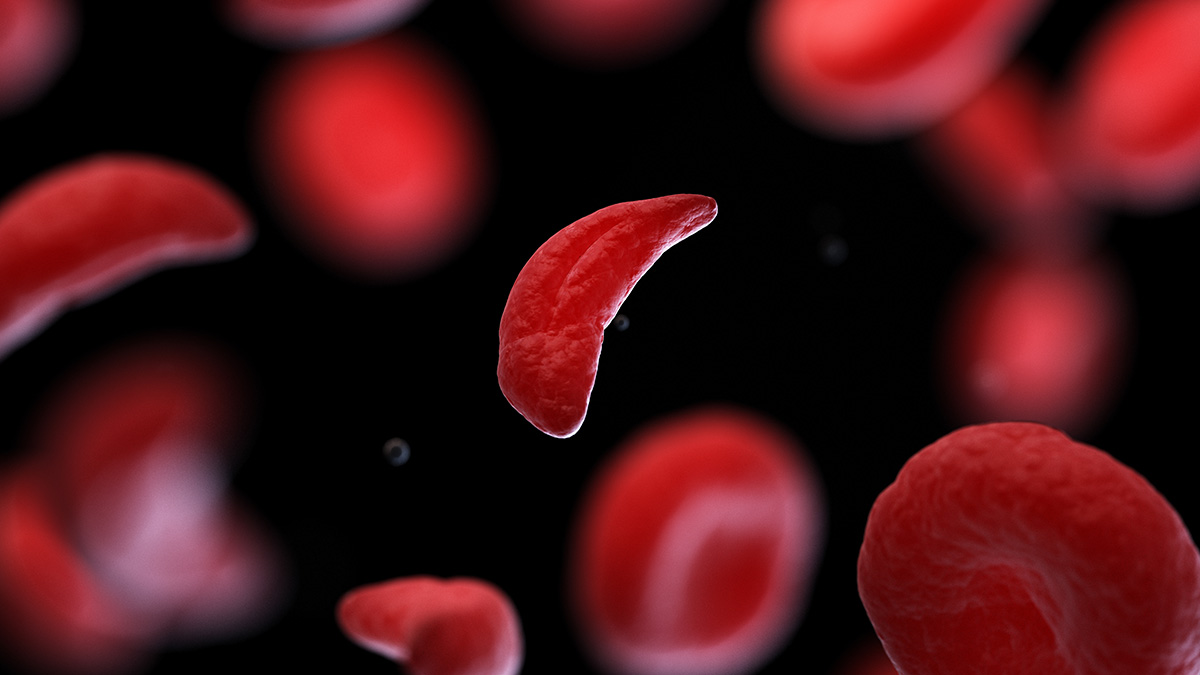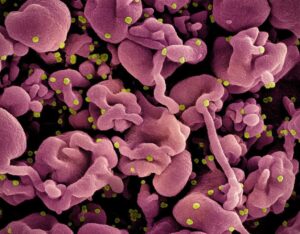NIH analysis reveals a significant rise in use of complementary health approaches, especially for pain management
What
An analysis conducted by the National Institutes of Health’s National Center for Complementary and Integrative Health (NCCIH) reveals a substantial increase in the overall use of complementary health approaches by American adults from 2002 to 2022. The study, published in the Journal of the American Medical Association, highlights a surge in the adoption of complementary health approaches for pain management over the same period.
Researchers utilized data from the 2002, 2012, and 2022 National Health Interview Survey (NHIS) to evaluate changes in the use of seven complementary health approaches, including yoga, meditation, massage therapy, chiropractic care, acupuncture, naturopathy, and guided imagery/progressive muscle relaxation.
The key findings include:
- The percentage of individuals who reported using at least one of the seven approaches increased from 19.2% in 2002 to 36.7% in 2022.
- The use of yoga, meditation, and massage therapy experienced the most significant growth from 2002 to 2022.
- Use of yoga increased from 5% in 2002 to 15.8% in 2022.
- Meditation became the most used approach in 2022, with an increase from 7.5% in 2002 to 17.3% in 2022.
- Acupuncture, increasingly covered by insurance, saw an increase from 1% in 2002 to 2.2% in 2022.
- Additionally, the analysis showed a notable rise in the proportion of U.S. adults using complementary health approaches specifically for pain management. Among participants using any of the complementary health approaches, the percentage reporting use for pain management increased from 42.3% in 2002 to 49.2% in 2022.
Despite the findings, the authors acknowledge study limitations, including decreasing NHIS response rates over time, possible recall bias, cross-sectional data, and differences in survey wording.
The study also highlights the role of factors such as higher quality research supporting the efficacy of complementary health approaches, the inclusion of these approaches in clinical practice guidelines for pain, and the expanded insurance coverage for approaches such as acupuncture, which has contributed to increased patient access.
Article
Nahin RL, Rhee A, Stussman B. Use of complementary health approaches overall and for pain management by US adults in 2002, 2012 and 2022. JAMA. DOI:10.1001/jama.2023.26775 (2024)
Who
Richard Nahin, Ph.D., Lead Epidemiologist at NCCIH is available to discuss the research.
About the National Center for Complementary and Integrative Health (NCCIH): NCCIH’s mission is to define, through rigorous scientific investigation, the usefulness and safety of complementary and integrative health approaches and their roles in improving health and health care. To learn more about NCCIH and its programs, visit https://www.nccih.nih.gov.
About the National Institutes of Health (NIH):
NIH, the nation’s medical research agency, includes 27 Institutes and Centers and is a component of the U.S. Department of Health and Human Services. NIH is the primary federal agency conducting and supporting basic, clinical, and translational medical research, and is investigating the causes, treatments, and cures for both common and rare diseases. For more information about NIH and its programs, visit www.nih.gov.
NIH…Turning Discovery Into Health®













Post Comment